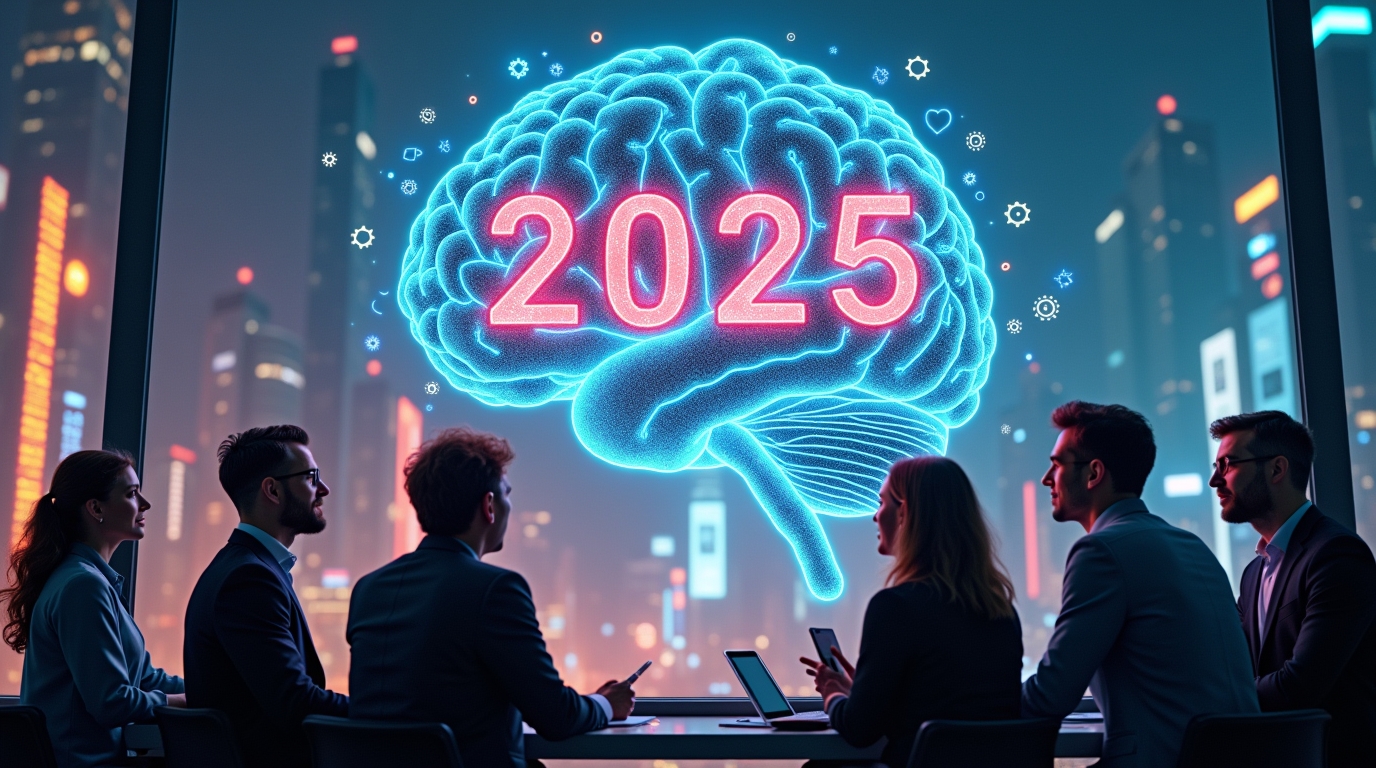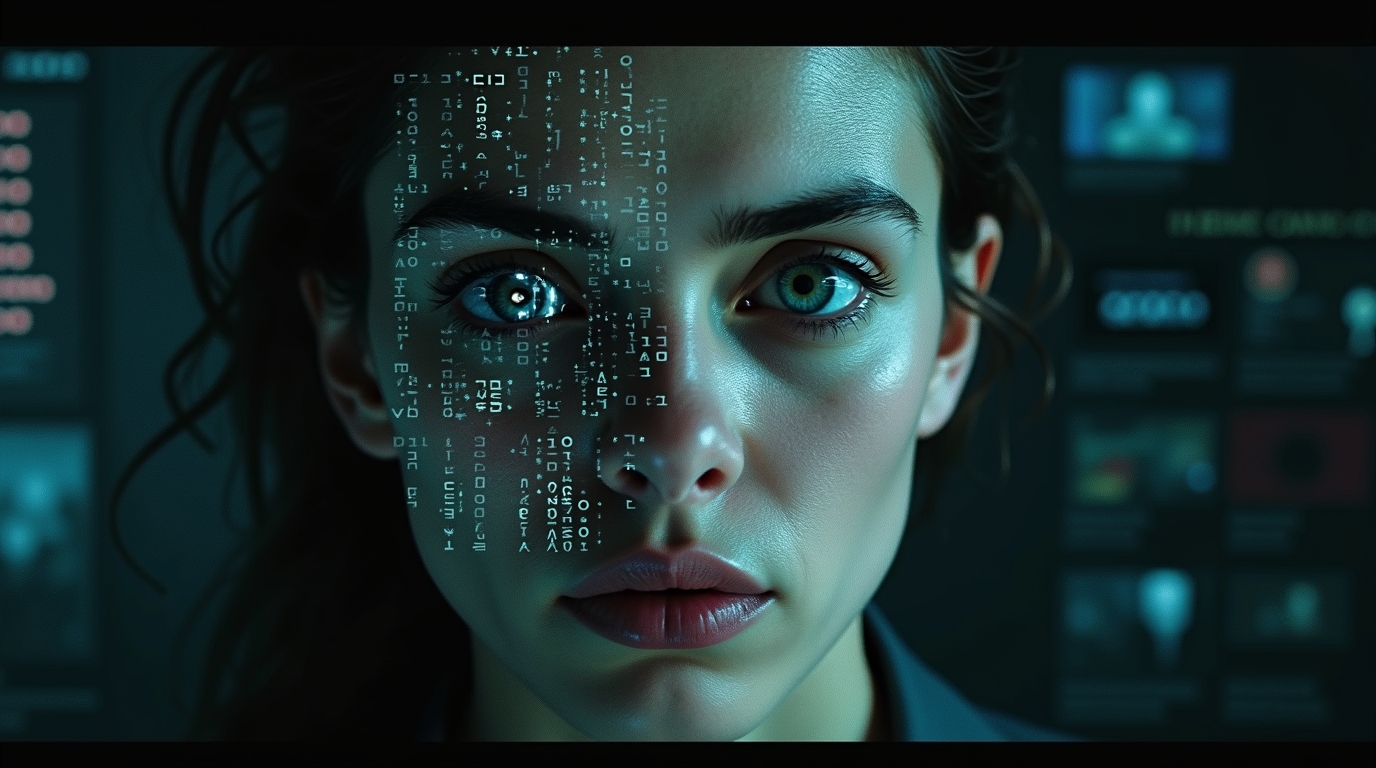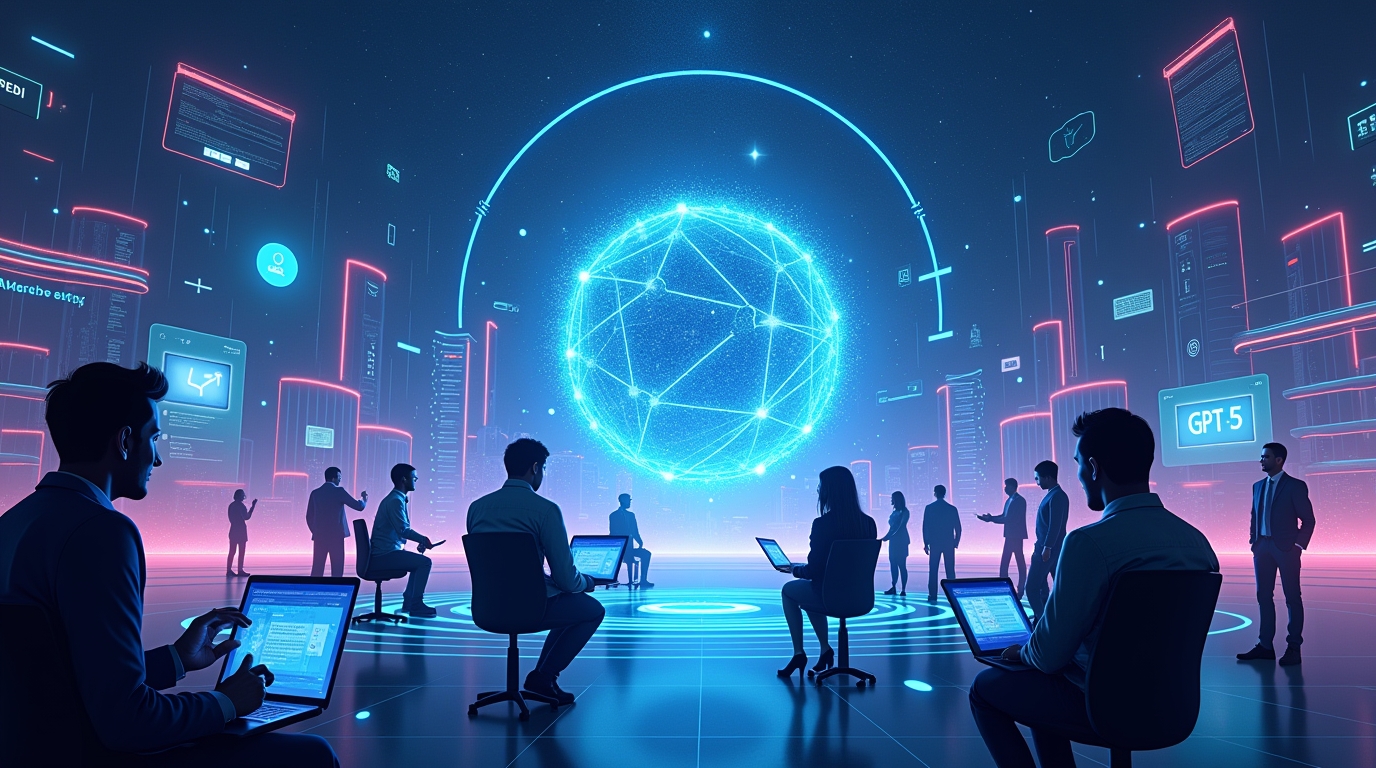Introduction: The Whisper is Becoming a Roar
Think of the kind of news that you will get in the morning when the news is chosen not by the editing department, but by an algorithm, which is aware of your most secret professional interests. Imagine a working environment in which your most innovative team member is not a human being but rather a silent partner that is able to come up with innovative ideas before the morning cup of coffee. Just imagine a health system that can prevent an illness even before it has symptoms. None of this is in some far-off future; this is the dawning of 2025. 5 Expert Predictions: How AI Will Dominate the Conversation in 2025.
The discussion on Artificial Intelligence has shifted out of the small circle of technological consideration to an all-around issue and is being discussed at the water cooler, in the boardroom and even in government huddles. But as we stand on the precipice of a new year, the dialogue is shifting from what AI can do to how AI is reshaping the very fabric of our existence. The hype cycle is reaching maturity into the implementation phase and the consequences are nothing but mind-boggling. “Want to dominate with AI? Dive into our latest reviews of cutting-edge marketing tools at AI Smartly.
To clear through the clutter and present an unobstructed vision of the future we have compiled ideas of the best minds in the field, researchers, and industry innovators. This is not idle conjecture but is a roadmap using the paths that we are already seeing. Strap in. Here are 5 Expert Predictions: How AI Will Dominate the Conversation in 2025.
Prediction 1: The Seamless Integration of AI – The Invisible Revolution
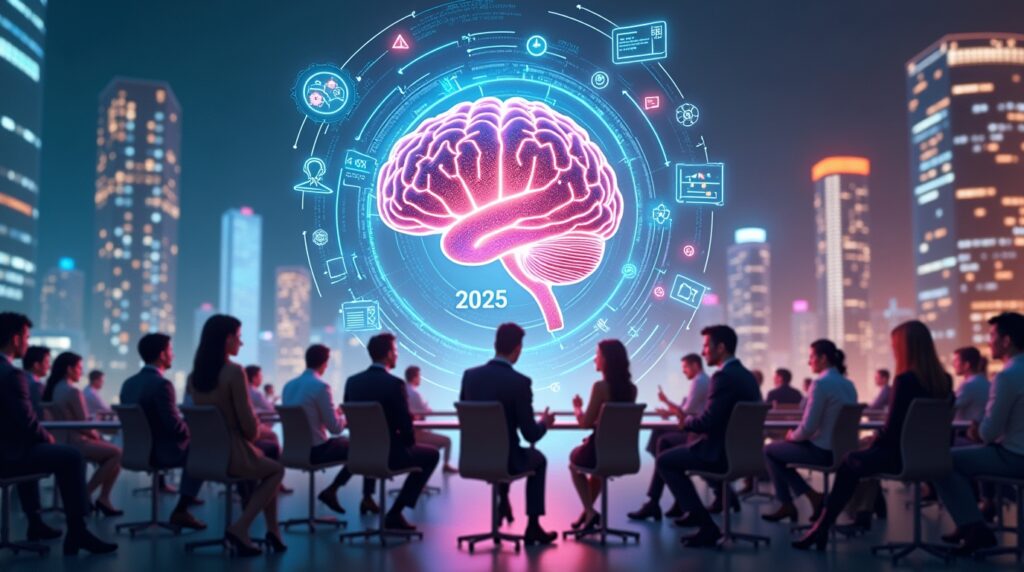
The other hallmark of AI has long been its aloofness; an application we open, a site we visit. The outstanding trend in 2025 will not be a flagship model, but its blurring into the background. I think that I will end up making every aspect of our lives more efficient, such that I will be as disruptive as electricity: a utility that nobody sees but everyone relies on.
We are moving towards a paradigm of ambient computing, where AI is woven into the operating systems of our phones, computers, cars, and smart homes. It will prognosticate what our needs are without being queried about it Picture your word processor offering to edit more than just grammar, but offering whole arguments and polishing your tone as you type. Diagnostic calculations will be delivered by your spreadsheet – not only will it calculate numbers, but will predict trends and generate strategic recommendations based on live market data.
This seamless integration will be powered by more sophisticated on-device AI processing. Companies such as Apple are already working towards this with the ability to run complex models directly on your iPhone to increase speed and privacy. As noted by a recent report from McKinsey & Company on the future of AI, “The value will increasingly come from embedding AI into core business processes and customer interactions, making it a native capability rather than a bolt-on.” This trend will command the market on productivity, user experience and definition of a digital assistant.
Prediction 2: The Generative AI Evolution: From Text to Multi-Modal Mastery
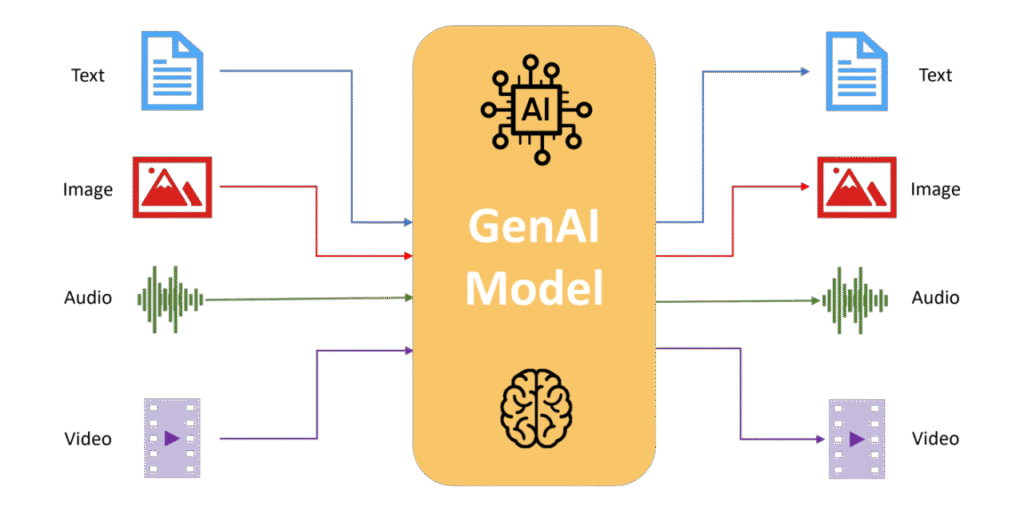
In 2024, we are amazed by GPT-4 and Midjourney. In 2025, we will move beyond isolated text or image generation into the realm of true multi-modal AI. That implies that AI models will comprehend, process, and create across formats of information: text, image, audio, video, in context, and at scale.
The discussion will turn into “orchestrate an experience” in place of prompt an image. You can even draw–using a PAPER NAPKIN!–say, “Here is an idea I want rendered in 3D, a technical specification document, and a 30-second marketing video explaining it.” The AI will learn how these tasks relate to one another; naturally
This has far reaching implications in such industries as film, design and engineering. Prototyping and content development will also take place with a speed that will be unimaginable. Nevertheless, it also poses relevant questions regarding intellectual property, deepfakes and the essence of creativity. Resources like Stanford University’s Human-Centered Artificial Intelligence (HAI) Institute are already leading the conversation on the ethical implications of these advancements. The discussion in 2025 will no longer circulate around the ampleness of the generation but morality of plentitude generation as well as property of multimodal production.
Prediction 3: The AI Agent Ecosystem: From Tools to Autonomous Partners
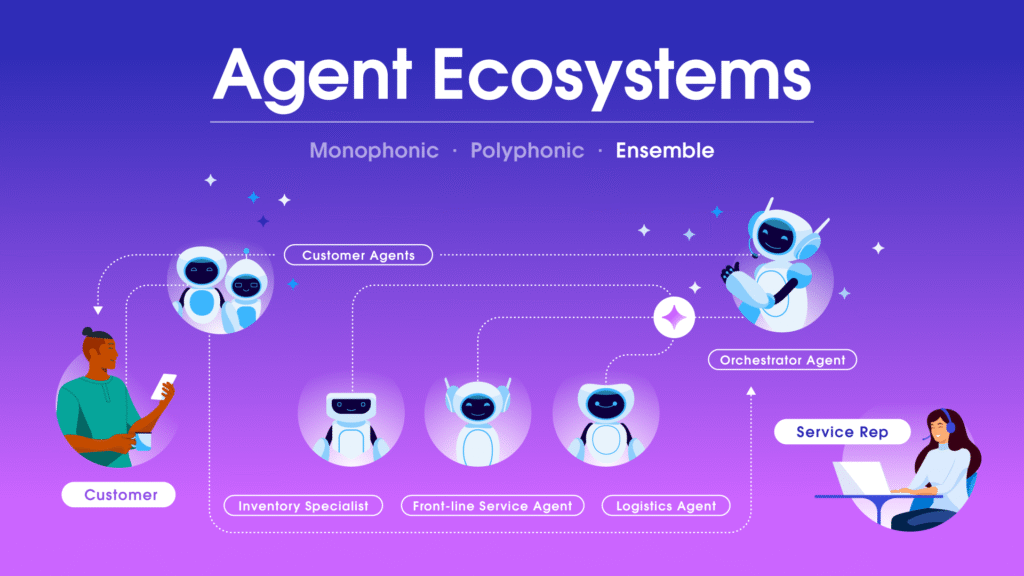
This is, maybe, the most revolutionary prognosis. Today, most AI is reactive in nature that is, AI acts in response to cues. The next leap is to proactive AI agents. These are not simple tools, they are semi-autonomous systems that can perform several steps to achieve a specific objective with minimum input.
Think of it as the difference from giving your assistant a pen (a tool) to telling your assistant, “Manage my entire travel schedule for the conference next month” (an agent). Under your predetermined criteria, the AI agent would do the research, book your flights and hotels, enter everything onto your calendar, and brief you on the important people you would be meeting with- all with a single command.
Companies like OpenAI and Google DeepMind are aggressively pursuing this “agent-like” functionality. By 2025, they will explode with these agents handling all kinds of software to complex coding to customer triage to personalized learning to investment management. It will no longer be a question of how to use this AI. Questions such as: What can I get my AI agents to do? This will raise huge discussions in relation to autonomy, trust and future of job sectors as a whole.
Prediction 4: The Quantum-AI Convergence: A New Frontier of Processing
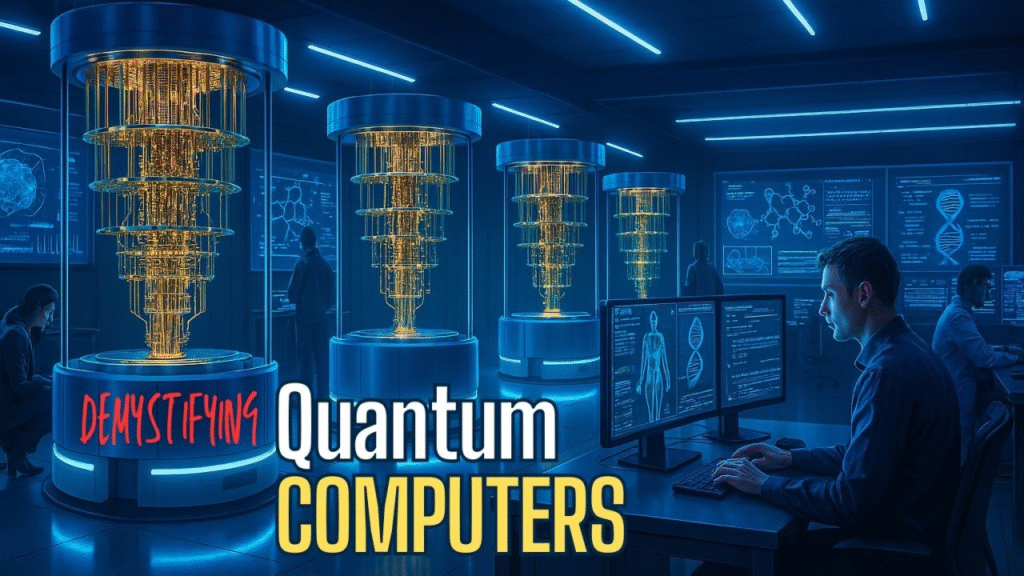
As it has entered the early phase of development, in 2025 the discussion of quantum computing and AI will become more and more interconnected. Classical computers, which use bits (0s and 1s), are hitting limits in solving certain complex problems that AI models need to tackle—like simulating new molecules for drug discovery or optimizing global logistics networks at a planetary scale.
Quantum computers can utilize qubits, which can be both in superposition so as to computationally perform exponentially more tasks simultaneously. The National Institute of Standards and Technology (NIST) is actively working on standards for post-quantum cryptography, recognizing the impending shift. By pairing AI algorithms with quantum processing, it may become possible to crack doors in problems that would perennially take current supercomputers millennia.
In 2025, we won’t see quantum computers in our homes, but we will hear more about breakthroughs from labs like Google Quantum AI and IBM. This merger will be the subject of discourse as the second great leap, with the promise to resolve climate change, disease and material science. It will also war alerts about the prospective collapse of existing encryption paradigms, and AI safety and alignment will be more important than ever.
Prediction 5: The Regulatory Reckoning: Setting the Rules of the Game
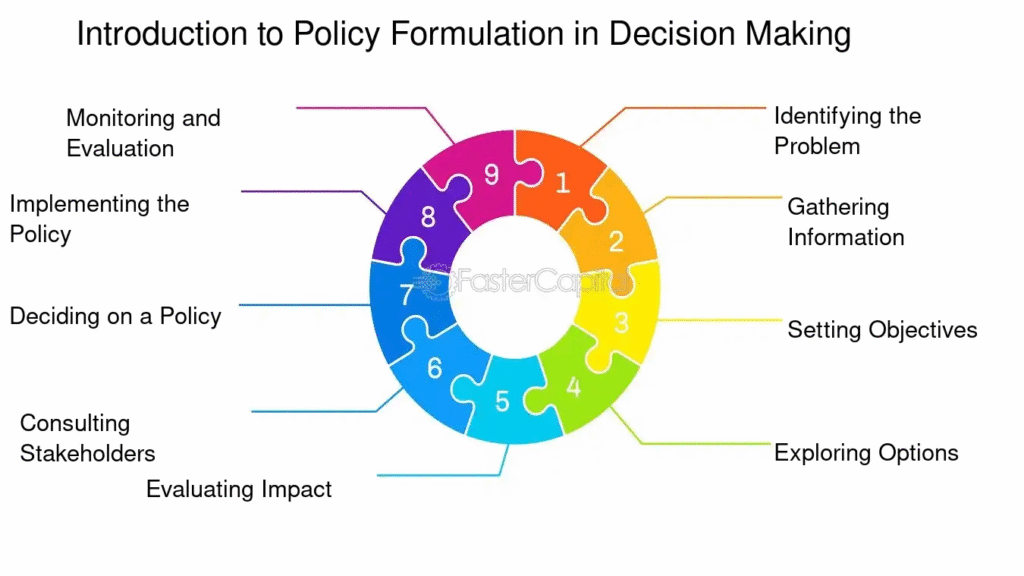
With this kind of power the technology can not exist unless there is a framework to govern it. The era of wild west in AI is reaching an end. By 2025, the debate will be about standards, regulation, and an international race to find a compromise between innovation, safety, privacy and ethical conduct.
The European Union’s AI Act is leading the charge, establishing a risk-based regulatory framework. Overall, America, China and other countries are quickly formulating their own policies. We will observe rigorous controversies about
- Data Privacy: How is training data sourced and used?
- Transparency: Can we understand why an AI made a decision (the “right to explanation”)?
- Bias and Fairness: How do we legislate against algorithmic discrimination?
- Accountability: Who is liable when an autonomous AI causes harm?
It is not that this regulatory push will strangle innovation; it will only direct it in a definite way. It will forge a new world where being “Ethical AI” and responsible AI will not be simply a trendy slogan but a requirement and a competitive leadership factor. Businesses will be faced with the requirement to audit their AI systems, and provide evidence of compliance this will become a significant area of interest to executives and policy makers alike.
Conclusion: The Conversation is Ours to Shape
The five expert futures in 2025 suggest a world that has been vastly modified- a world with invisible, multi-modal, agentic AI, a world that has enhanced performance through novel computing paradigms and a world that is governed by regulation. The dialogue will be everywhere and it will be deep.
Yet in the midst of discussing agents, quantum bits, and regulations, it is important to remember the voice that matters most of all, ours. Technology is a utility and people are made up of sunshine. The central question of 2025 and beyond won’t be “What can AI do?” but “What should AI do?”
The future is not a foretold place to be; but is a geography of options. We as developers, businesses, policymakers, and users have a chance to shape this conversation in a thoughtful ethically and proactive way. In this way we will be able to use these fantastic technologies in a direction that builds human potential, encourages creativity and addresses our biggest problems. Prepared AI The question, are we?
Email: adil.taskthegroup@gmail.com








